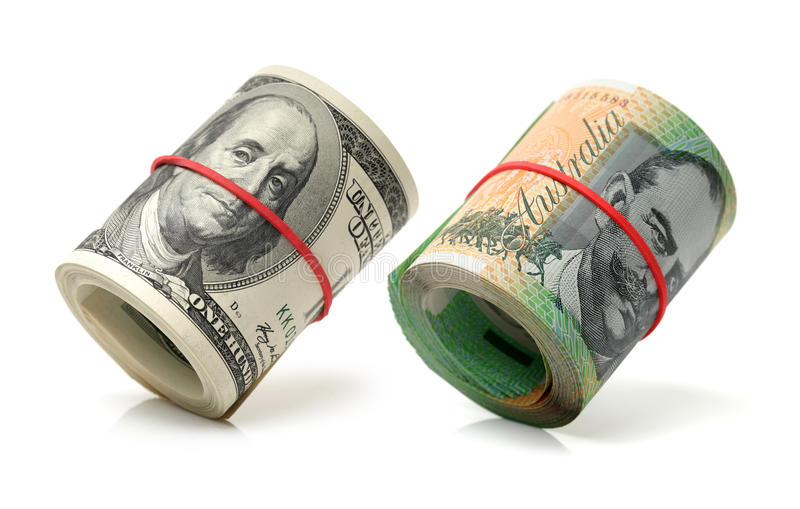Australian dollar remains buoyant despite the Fed’s dovish outlook.
On Friday, the Australian Dollar (AUD) extended its winning streak to three days. The rising Australia’s Purchasing Managers Index (PMI) data for December, provided by Judo Bank and S&P Global, supports the AUDUSD pair. Furthermore, improving data from China lends support to the Australian Dollar’s gain.
The Manufacturing and Services PMIs in Australia rose to 47.8 and 47.6, respectively.
Australia’s economy is resilient, thanks to strong employment. results and expanding earnings. The preliminary Judo Bank Composite PMI increased to 47.4 from 46.2 in the previous report. The Manufacturing PMI for the same time period was 47.8, up from 47.7 the previous month. Furthermore, the Services PMI increased to 47.6 from 46.0 previously.
The People’s Bank of China (PBoC) maintained its 1-year Medium-term Lending Facility (MLF) rate at 2.5%. MLF lending interest rates are a crucial element impacting liquidity conditions in the banking sector. Furthermore, 650 billion Yuan in MLF loans are expected to mature, while the central bank injects 1.45 trillion Yuan, a larger amount, to boost bank liquidity. The PBoC’s actions benefit the fancial system. Improve China’s economic conditions. Given Australia’s position as a significant exporter to China, improvements in China’s economic conditions frequently translate into higher demand for Australian products, contributing to the Aussie Dollar’s gain.
According to the National Bureau of Statistics of China, Industrial Production (YoY) increased to 6.6% in November from 4.6% the previous month, above the market expectation of 5.6%. However, year on year growth in China retail sales increased to 10.1% from 7.6% previously, falling short of the market consensus of 12.5%.
The US Dollar Index (DXY) is looking to recover from a four-month low of 101.77 set on Thursday. The DXY continues its downward trend following the Federal Open Market Committee (FOMC) statement. The United States (US) reported only modestly better-than-expected GDP numbers. The US Dollar (USD) is receiving support.
In November, US retail sales (MoM) increased 0.3%, compared to a 0.1% fall predicted. Initial Claims for the week ending December 8 were 202K, compared to the 220K predicted.
Federal Reserve (Fed)’s dovish signals have put pressure on the USD.
The US Federal Reserve (Fed)’s dovish signals have put pressure on the USD, especially since Treasury rates have fallen to multi-month lows. The Fed’s cautious perspective on interest rates, as well as the possibility of a more supportive monetary policy stance in 2024, contribute to the Greenback’s persistent decline.
Market Movers: Australian Dollar surges on dovish Fed forecast
Consumer inflation expectations in Australia for December fell to 4.5% from 4.9% previously.
The seasonally adjusted Employment Change (November) increased significantly to 61.5K. compared to the predicted 11.0K. The unemployment rate increased from 3.7% to 3.9%.
Roy Morgan-ANZ The Australian Consumer Confidence weekly poll increased to 80.8 from 76.4 the previous week.
Westpac Consumer Confidence increased by 2.7% in December, following a 2.6% fall in November.
The Australian government expects a much stronger budget bottom line this year as revenues exceed projections. Labor Treasurer Jim Chalmers’ mid-year economic and fiscal outlook (MYEFO) forecasts a budget deficit of about AUD 1.1 billion (USD 721.4 million) in the fiscal year ending June 2024, down from the AUD 13.9 billion expected in May.
In its December policy meeting, the Federal Reserve (Fed) kept interest rates at 5.5%, as expected. Markets now anticipate three rate cuts for In 2024, the US Bureau of Labor Statistics reported that the PPI (YoY) increased by 0.9% instead of the predicted 1.0%, while the Core PPI increased by 2.0% instead of the expected 2.2%.
According to the US Bureau of Labor Statistics, the November Consumer Price Index (CPI) increased by 0.1% month on month and 3.1% year on year. Both statistics were in line with market expectations, indicating that inflation was on track.
The US Core CPI, which excludes volatile food and energy costs, increased by 0.3% MoM and 4.0% YoY, as expected.









